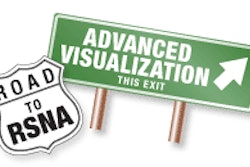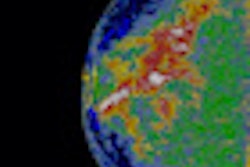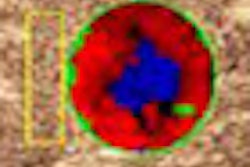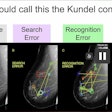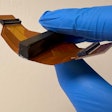In the study -- a preliminary effort to a large screening project currently under way in Piedmont, Italy -- researchers are investigating a new way of reading virtual colonoscopy (also known as CT colonography or CTC).
This double-reading technique involves using CAD first in the interpretation process, followed by a radiologist interpreting the study as the second reader, said co-author Daniele Regge, MD, of the Institute for Cancer Research and Treatment in Turin, Italy.
The researchers compared reading time and per-polyp sensitivity of CAD-assisted and nonassisted reading in 155 cases, which were interpreted by three experienced radiologists using both methods six weeks apart.
The data confirmed the researchers' hypothesis that reporting CTC studies using CAD as the first reader was not inferior to nonassisted reading and was more efficient, Regge said.
"Following these results, we will use double reading with CAD as the first reader in our screening program," Regge told AuntMinnie.com.




